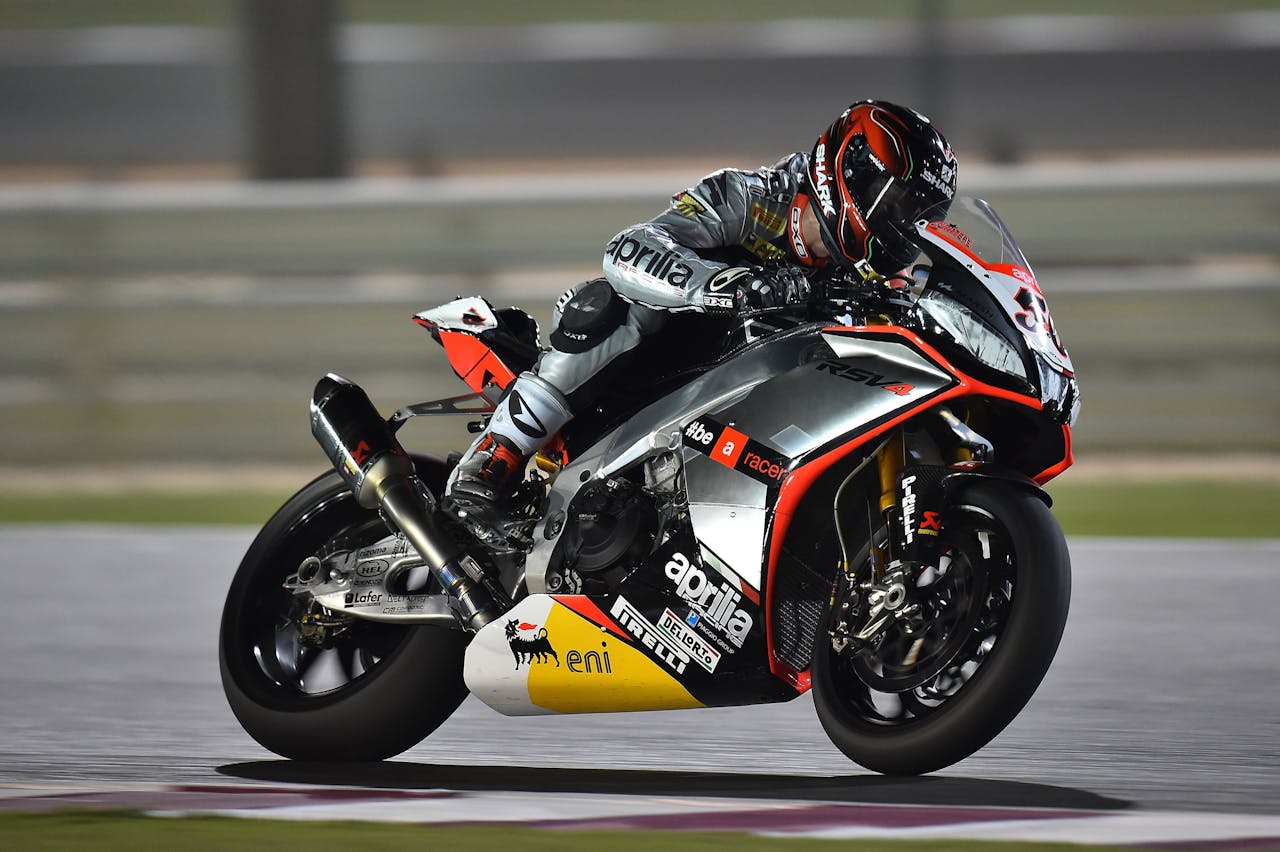The years 2013 to 2017 marked a turning point for the Bluetooth motorcycle helmet, transforming it from clunky external gadgets to sleek, integrated systems. This second stage of motorcycle helmets with Bluetooth brought built-in comms, richer sound, and game-changing group connectivity like Cardo’s Dynamic Mesh Communication (DMC). Riders could now enjoy crystal-clear music, long-lasting batteries, and seamless chats with their crew. At MotoMelody, we’re diving into how motorcycle Bluetooth headsets evolved during this era, spotlighting key innovations and their lasting impact. Buckle up for a ride through the 2013-2017 revolution!
The Rise of the Integrated Bluetooth Motorcycle Helmet
By 2013, Bluetooth motorcycle helmets were no longer just accessories clipped onto helmets—they were becoming part of the helmet itself. The first stage (2004-2012) laid the groundwork with devices like Cardo’s Scala Rider, but this era saw manufacturers like Shoei and Sena integrate motorcycle Bluetooth headsets directly into helmet designs. This shift, coupled with better Bluetooth motorcycle speakers, longer battery life, and new features like FM radio, made wireless communication a must-have for riders. The introduction of Mesh technology in 2015 further redefined group rides, setting the stage for modern comms. Let’s explore the milestones that shaped this period.
Key Innovations in Bluetooth Motorcycle Helmets (2013-2017)
The 2013-2017 era was defined by three major advancements: integrated designs, enhanced audio, and Mesh communication. Here’s a closer look at the standout products and their impact:
Shoei GT-Air with Sena 10U (2013)
- What It Was: Launched in 2013, the Shoei GT-Air was among the first helmets designed with built-in Bluetooth, paired with Sena’s 10U system. Its ear pockets were crafted for seamless motorcycle Bluetooth headset integration.
- Features:
- 1.6km range for up to 4 riders.
- 10-hour battery life.
- FM radio and voice commands.
- Noise-reducing full-face design.
- Impact: The GT-Air marked a shift to motorcycle helmets with Bluetooth as standard, offering a sleeker look and better aerodynamics. Riders loved its plug-and-play setup, with webBikeWorld (2013) praising its comfort and audio clarity at moderate speeds.
Cardo PACKTALK with DMC (2015)
- What It Was: Cardo’s PACKTALK introduced Dynamic Mesh Communication (DMC) in 2015, a leap forward for group intercoms. It used Bluetooth 4.0 and JBL speakers for premium sound.
- Features:
- Mesh network for up to 15 riders.
- 12-hour battery life.
- Voice-activated controls and app integration.
- 1.6km unit-to-unit range, 5km group range.
- Impact: DMC eliminated the daisy-chain limits of traditional Bluetooth, auto-reconnecting riders for stable group chats. Motorcycle News (2015) hailed it as a “game-changer” for team rides.
Sena SMH10 Upgrades (2013-2017)
- What It Was: Sena refined its SMH10 series, adding Bluetooth 4.0, better noise cancellation, and longer range to stay competitive.
- Features:
- 800-1000m range.
- 12-hour talk time.
- Voice activation and improved Bluetooth motorcycle speakers.
- Universal pairing with non-Sena devices.
- Impact: Sena’s upgrades kept it a market leader, with Rider Magazine (2016) noting its “exceptional clarity” and ease of use for small groups.
Other Notable Systems
- Schuberth C3 Pro with SRC (2014): A premium helmet with integrated Sena comms, offering 700m range and 10-hour battery life.
- Interphone Sport (2016): Featured a 1km range, FM radio, and smartphone app support, competing in the mid-range market.
Technical Advancements in 2013-2017
The 2013-2017 Bluetooth motorcycle helmet systems leaped forward in design and functionality. Here’s what powered the revolution:
Integrated Designs
- What Changed: Helmets like the Shoei GT-Air had built-in compartments for motorcycle Bluetooth headsets, reducing bulk and improving aerodynamics.
- Benefit: Easier installation, better looks, and less wind drag compared to clip-on units.
Audio Quality
- Speakers: Upgraded to 30-40mm JBL or Sena-tuned units, delivering richer bass and clearer highs.
- Microphones: Added CVC noise cancellation and voice activation, cutting wind noise at 70 mph.
Battery Life
- Improvement: Extended from 8-10 hours (2004-2012) to 10-12 hours, with some models like PACKTALK hitting 13 hours.
- Impact: Supported day-long rides without recharging.
Communication Range
- Bluetooth: Ranges grew to 1-1.6km for small groups.
- Mesh: Cardo’s DMC enabled 5km group ranges, ideal for dynamic formations.
New Features
- FM Radio: Added entertainment for solo riders.
- Voice Commands: Hands-free control for safety.
- Apps: Smartphone apps (e.g., Cardo Connect, Sena Utility) allowed custom settings.
Challenges of 2013-2017 Bluetooth Motorcycle Helmets
Despite progress, Bluetooth motorcycle helmets faced hurdles:
- Compatibility Issues: Early integrated systems (e.g., Shoei/Sena) struggled to pair with rival brands, frustrating mixed-brand groups.
- High Costs: Premium models like Schuberth C3 Pro cost $700+, limiting accessibility.
- Learning Curve: DMC and app-based controls confused some riders, per user reviews.
- Wind Noise: While improved, audio clarity above 80 mph remained a challenge without advanced noise cancellation.
These issues didn’t stop the growing popularity of motorcycle helmets with Bluetooth, as riders embraced their convenience.
Cardo vs. Sena: The Rivalry Intensifies
The 2013-2017 era saw Cardo and Sena battle for dominance:
Cardo’s Mesh Revolution
Cardo’s PACKTALK and DMC (2015) redefined group intercoms, offering stable, multi-rider connectivity. Its JBL speakers also raised the audio bar, appealing to music lovers.
Sena’s Steady Gains
Sena’s SMH10 upgrades focused on reliability, universal pairing, and noise cancellation. While lacking Mesh until 2017, Sena held strong with intuitive controls and affordability.
Market Dynamics
- Cardo: Led in group communication with DMC, gaining favor among tour groups.
- Sena: Dominated solo and small-group markets with user-friendly designs.
This rivalry drove innovation, pushing Bluetooth motorcycle speakers toward premium sound and smarter features.
Market Impact and Legacy
The 2013-2017 era cemented Bluetooth motorcycle helmets as essentials:
- Market Growth: Integrated systems boosted adoption, with sales rising as riders saw safety and entertainment value.
- Rider Feedback: Reviews praised sound quality and group connectivity, though cost was a concern.
- Industry Shift: Brands like Schuberth and Interphone followed Shoei’s lead, making built-in comms a standard.
- Foundation for Future: DMC and integrated designs paved the way for Bluetooth 5.0, AI noise cancellation, and crash detection in later years.
How 2013-2017 Compares to Today
Today’s Bluetooth motorcycle helmets dwarf their 2013-2017 ancestors:
- Range: 5-12km group ranges vs. 1-5km.
- Audio: 40-45mm JBL/Harman Kardon speakers with neural noise cancellation vs. 30-40mm with basic CVC.
- Battery: 15-20 hours vs. 10-12 hours.
- Features: Crash detection, voice assistants, and cellular Mesh vs. FM radio and basic apps.
Still, the Shoei GT-Air and Cardo PACKTALK set critical benchmarks for integration and group comms.
Why MotoMelody Honors This Era
At MotoMelody, we celebrate the 2013-2017 Bluetooth motorcycle helmet pioneers who made rides more connected. Their legacy lives in our curated motorcycle Bluetooth headsets, blending cutting-edge tech with rider-friendly designs. Whether you’re a solo cruiser or group leader, we’ve got your comms covered.
Conclusion: The 2013-2017 Bluetooth Motorcycle Helmet Boom
From 2013 to 2017, Bluetooth motorcycle helmets evolved from external add-ons to integrated marvels. The Shoei GT-Air (2013) pioneered built-in systems, while Cardo’s PACKTALK (2015) revolutionized group rides with DMC. Sena’s SMH10 upgrades kept pace, enhancing sound and usability. With better Bluetooth motorcycle speakers, longer batteries, and features like FM radio, this era made wireless comms a rider staple. Ready to ride connected? Explore MotoMelody’s motorcycle helmets with Bluetooth and join the revolution! Got memories of these early systems? Share them below!



